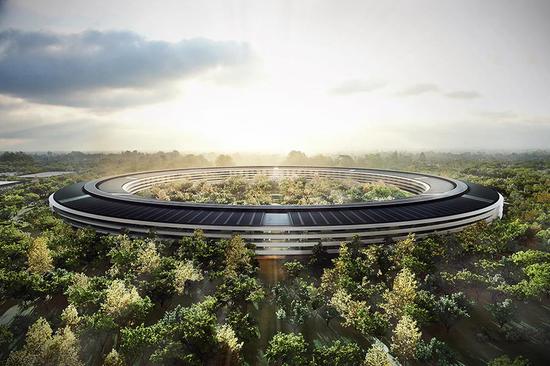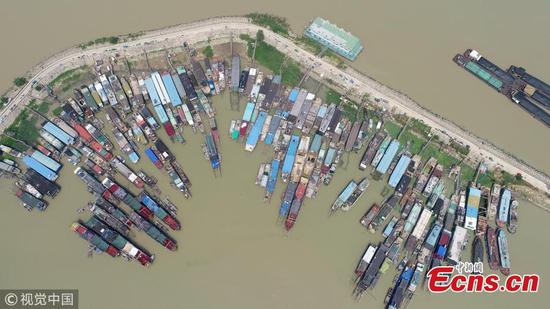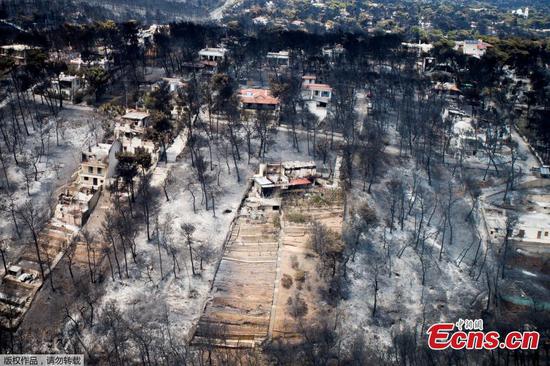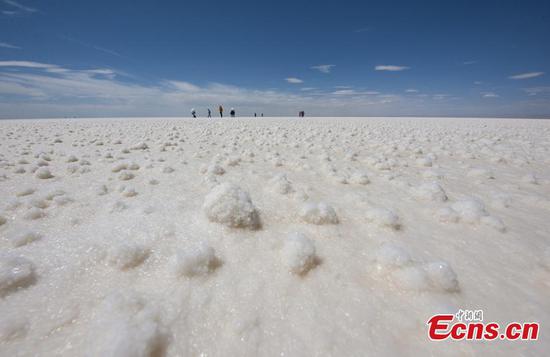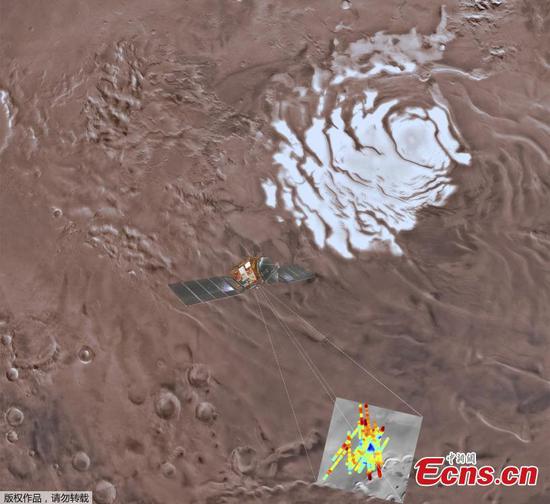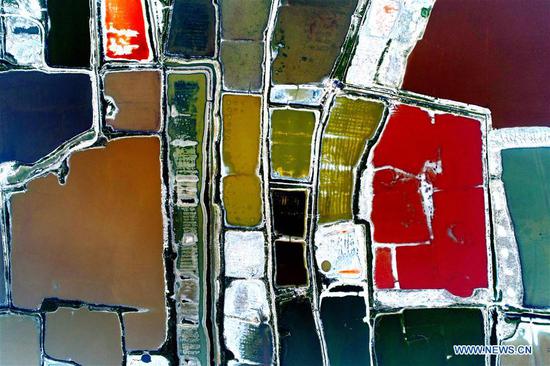Rapid sea-level changes during the last ice age were caused by small disruptions to the environment, a study has found.
The study, published by the Australian National University (ANU) and the University of Sydney on Thursday, revealed that future sea-level rises will be caused by increasing carbon dioxide (CO2) in the atmosphere but that was not always the case.
Researchers found that the climate during the last ice age, which ended around 11,000 years ago, was far more volatile and likely to change dramatically due to small, localized disruptions to the environment.
One such rapid change was caused by the discharge of a large mass of ice.
The research team uncovered evidence of a sudden 40-meter sea-level drop that occurred 31,000 years ago and a 20-meter drop 20,000 years ago.
Evidence of the 20-meter drop flipped the long-held belief that sea levels had risen during the event.
Tezer Esat, a member of the research team from ANU's Research School of Earth Sciences, said the dramatic changes during the period known as the Last Glacial Maximum were not linked to natural climate change.
"Transitions appear to have occurred spontaneously," he said in a media release on Thursday.
"During the last ice age, the state of the climate could flip with relatively small disturbances. Ice discharges were of sufficient volume to suddenly change the sea level by 10 to 15 meters in a matter of decades.
"But it is important to note that scientific evidence indicates that increasing levels of carbon dioxide in the atmosphere due to human activity is affecting the present climate and is expected to contribute to future sea-level rises."









